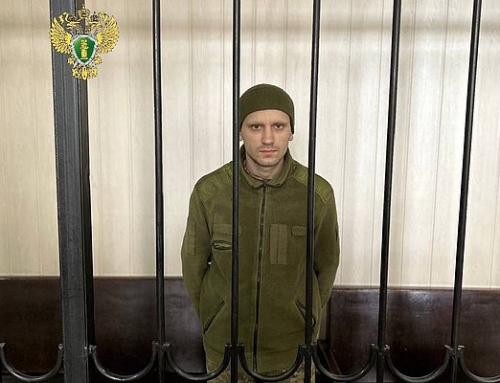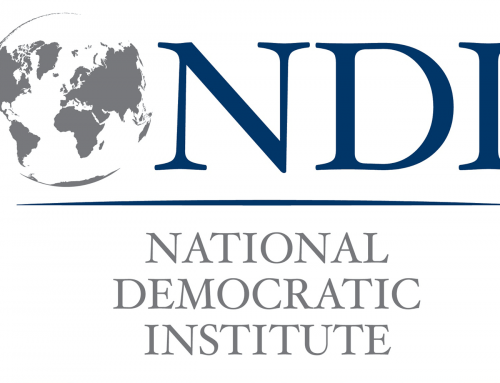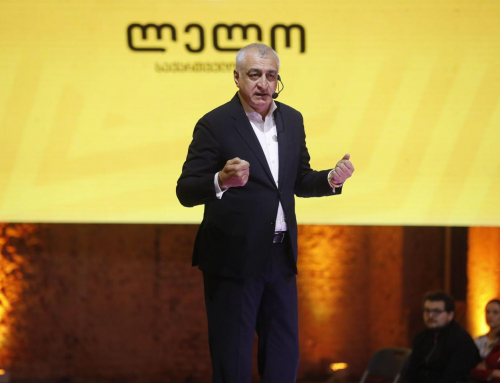TBILISI, DFWatch–A new study shows that there are some challenges with the visa facilitation agreement Georgia has with the European Union.
The agreement has led to a considerably simpler procedure for Georgians who want to travel to EU, as the number of documents required has been reduced.
The validity of short term multiple entry visas has also become longer, and the visa fee has been reduced from 60 to 35 euros. Another improvement is that the processing time for visa applications has decreased from 30 to 10 working days.
Still, Georgia has the highest rejection rate among the countries part of the Eastern Partnership – five times higher than the usual safe margin.
European Initiative – Liberal Academy Tbilisi (EI-LAT) monitored the implementation of the Visa Facilitation Agreement, and found that one of the important problems is a lack of information, because some embassies do not provide comprehensive information about visa procedures and sometimes this leads to the visa application being rejected.
Only two consulates out of twelwe are clearly explaining the reasons for rejection a visa application and providing information about the possibilities to appeal. Most of the consulates do not give detailed information by phone, which means that people who live far from Tbilisi have to travel to the capital just to find out how to apply.
Salome Bulia, an analyst at EI-LAT, says almost every consulate fails to provide sufficient information. Furthermore, only some of the consulates of EU member states accept visa applications in Georgian language. Applicants therefore have to fill in the form in a foreign language. In some cases, personnel do not speak Georgian and behave in an impolite manner. At some consulates there are live queues and no waiting spaces or chairs.
In some cases, groups that are exempt from paying a visa fee still have to pay. The Italian Visa Service Center has been empowered by the Italian Embassy to receive visa applications on its behalf and charges 63 lari (28 euros). The consulate only serves EU citizens; all others must apply through the center.
When it comes to the Czech Republic, it is necessary to fill in a preliminary online form to book an appointment to apply for a visa. But the system books all applicant in the same time slot, so and they have to wait outside the consulate’s office for hours.
The Estonian online booking system for getting an appointment had problems too: each applicant could reserve several places in the queue. The consulate of Estonia accepts applications for Denmark for what is called auto tour visa, which is a special type of visa for the purpose of bringing a car out of the country. Such applications were received on Mondays and Wednesdays. Although the processing time is 3-4 months, almost no-one has received an auto tour visa for Denmark. One of those who had the application rejected said that he was given a standard rejection form from the consulate. It was written in English, and because he didn’t know the language, he couldn’t understand why his application was rejected.
Despite some shortcomings in the implementation of the agreement, Giorgi Tabatadze, director of the consular department at the Ministry of Foreign Affairs, considers the process overall as positive.
“Fulfillment of some terms of the agreement is almost complete. We are working on the problems of implementing the other terms,” Tabatadze said.
According to Bulia said, EI-LAT’s second report will include monitoring of embassies and creation of a new information website.





Leave A Comment
You must be logged in to post a comment.